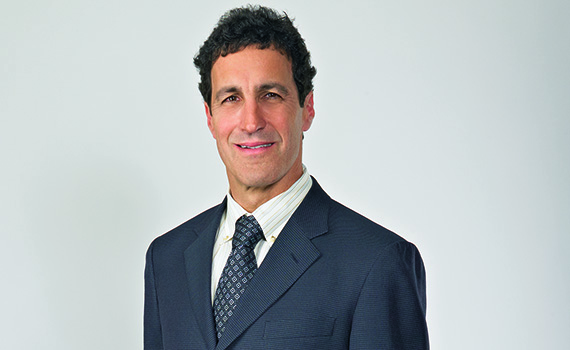Avatec®: What’s driving demand in broilers?
An interview with Jon Schaeffer, DVM, PhD, Director of Poultry Veterinary Services, Zoetis
Q: What does Avatec® (lasalocid) have to offer coccidiosis-rotation programs?
JS: In a word: diversity. Coccidiosis medications have been known to lose their effectiveness when used for prolonged periods. We therefore use rotation and shuttle programs to keep them fresh and expose Eimeria organisms to something new and different.
Avatec meets this need on two levels. First, in contrast to the commonly used monovalent ionophores like monensin, narasin and salinomycin, Avatec is the only divalent ionophore. It has a different molecular structure, so it adds another dimension to the rotation. Second, by comparison to most other anticoccidials, Avatec has seen limited use in recent years, and we therefore expect it to be highly efficacious in most of today’s broiler flocks.
Q: Why hasn’t Avatec seen as much action as other in-feed anticoccidials?
JS: About 40 years ago, when the product was first introduced to the US, broiler diets were often formulated with high sodium levels — often 0.24% or more — to increase water consumption while using monensin, the primary ionophore at the time.
When producers shifted to Avatec and used it at the maximum dose rate of 113 grams per US ton of feed (125 ppm), some producers reported wet litter and sometimes “knock down” — a type of bird paralysis. Naturally, they thought Avatec was the culprit, but the problem had more to do with sodium. We now know that high levels of sodium simply aren’t compatible with this particular ionophore, when it’s used at the highest dose range.
Q: What’s the ideal dose rate for Avatec in broilers?
JS: The approved dose rate for Avatec ranges from 68 to 113 grams per US ton of feed (75 to 125 ppm). The rate you use should hinge on the degree of coccidial challenge, with a preference toward lower levels in the finisher phase wherever possible. Since Zoetis acquired Avatec in 2011, we’ve conducted numerous studies and demonstrated that, in most instances, feeding Avatec at lower levels — specifically, 68 to 81 grams per US ton of feed (75 to 90 ppm) — will effectively prevent coccidiosis in broilers, especially in complexes where lasalocid hasn’t been used recently.1
Q: Do producers need to adjust electrolyte levels when using Avatec?
JS: There are no special electrolyte requirements when the product is used at 68 to 81 g per US ton (75 to 90 ppm). However, if there’s a severe coccidial challenge and you’re using the product at 113 g per US ton (125 ppm), we recommend maintaining the electrolyte balance (Na+K-Cl) in the range of 172 to 240 milliequivalents per kilogram.
Q: Are there any seasonal considerations when using Avatec?
JS: None whatsoever. Avatec can be used in broilers year-round, which gives producers added flexibility. That’s in stark contrast to monensin or nicarbazin, which generally aren’t used in warm weather.
Q: Today producers using a coccidiosis vaccine often want to supplement it with an in-feed anticoccidial. Can Avatec be used in these so-called bio-shuttle programs?
JS: Absolutely. In a study we conducted with Southern Poultry Research, broilers vaccinated in ovo for coccidiosis then fed Avatec at 68 grams per ton of feed from day 18 to either days 35 or 50 and grown to 60 days — and despite a 10-day withdrawal period — showed at least a 3-point (0.03) improvement in feed conversion compared to birds vaccinated alone, while also maintaining immunity against coccidial challenge.2
Q: Does using Avatec in broilers present any export barriers?
JS: Not anymore. Studies show that its active ingredient, lasalocid, depletes from tissues rapidly after Avatec is withdrawn from feed. The EU and Japan have since adjusted their maximum residue limits for lasalocid so they’re comparable with other ionophores. As a result, US producers can now use Avatec with confidence when raising birds for export markets.
1 Data on file, Study Report No. 26-13-70AQO, Zoetis LLC.
2 Mathis G, et al. Effect of lasalocid or salinomycin administration on performance and immunity following coccidian vaccination of commercial broilers. J. Appl. Poult. Res. 2014;23:577-585.
TOOLBOX, Issue 1
Toolbox is a series of interviews with veterinarians and other technical specialists about their experiences managing antimicrobials, vaccines and other tools for poultry health. It is produced by the editors of Poultry Health Today on behalf of the US Poultry Business of Zoetis.
All trademarks are the property of Zoetis Services LLC or a related company or a licensor unless otherwise noted.
PHA-00051
Rev. May 2019
Posted on May 1, 2019













